I was prescribed the pill at age 16 to help manage my cystic acne. For 10 years, I waltzed around with acne-free skin. Sure, I’d get the odd pimple here and there, but acne was very much a thing of the past and my smooth and glowing skin quickly became my pride and joy.
However, at age 26, I wanted to have full autonomy over my hormones and cycle and I was curious to see how my body would react to going au-natural. So, I pulled the plug and hoped for the best.
How (And Why) My Skin Changed Coming Off The Pill
I was on Ginet-84, which, I later learned, is an anti-androgenic pill. Androgens are sex hormones (such as testosterone) which can stimulate sebaceous glands to produce more sebum on our skin, often leaving our skin with excess sebum that can clog pores and provide my acne-causing bacteria with something to feast on.
Ginet-84 essentially catfished me into thinking my acne was cured. In reality, for 10 blissful years it was just blocking the effects of androgens on my skin, which kept my acne at bay.
I didn’t notice a change in my sebum and skin texture until three months off the pill, being a skincare obsessive I genuinely believed that despite the possibility of post-pill breakouts I would be well equipped to handle it.
This is where I was wrong.
I wish I had asked for expert advice sooner, because I was hit with a heavy dose of adult acne that needed more assistance than over-the-counter treatments. And here I am, one year on, my acne is still persistent, and I am still working with a medical professional to get to the root cause.
The Skin Routine I’m Using For My Post-Pill Acne
My current skincare routine is centred around Tretinoin (prescription strength vitamin a) which I use every second night. To reduce the irritation from Tretinoin I keep the rest of my skincare routine gentle, soothing, and skin-barrier strengthening.
I have also pulled back on most other active ingredients and I have been incorporating chemical exfoliants into my routine through cleansers (short contact therapy) versus leave-on treatments.
On evenings I use Tretinoin, I keep that as my sole active ingredient in my routine. I apply my sunscreen generously on a daily basis and reapply every two hours when I can as Tretinoin makes my skin more sensitive to sunlight.
These days, I change up my routine less frequently, and have resorted to pimple patches to stop my hands from picking and touching my pimples. Pimple patches create a physical barrier which also does a fantastic job at extracting the gunk which I would otherwise be tempted to squeeze. In addition to my at-home skin routine, in-salon and at-home LED treatment to be a real workhorse at reducing the redness and inflammation of my acne as well as speed up the healing process.
What I Wish I Knew Before Going Off The Pill
If I could go back in time and start this process all over again I would do so with a medical professional by my side. I wish I had spent the time to discuss and understand the impact coming off the pill would have on my body and my skin before doing it.
Upon reflection I was wildly unprepared and wish I had the tools I know now back then. If it wasn’t for a medical professional I would not have been able to try Differin and Tretinoin (at separate times, both are prescription medication in NZ) which played a key role in managing my acne as well as fading post-inflammatory hyperpigmentation (PIH) left over by my acne. Although this journey hasn’t always been smooth sailing and I am still struggling with persistent cystic acne on my forehead, I remain hopeful and patient
At the end of the day, Ginet-84 fed my body with synthetic hormones for 10 years and now I’m playing catch-up.
It was never going to be an overnight fix, but with the right approach, guidance, routine and mindset the light at the end of the tunnel will come. Just remember, post-pill acne is normal and you are not alone. We can do this.




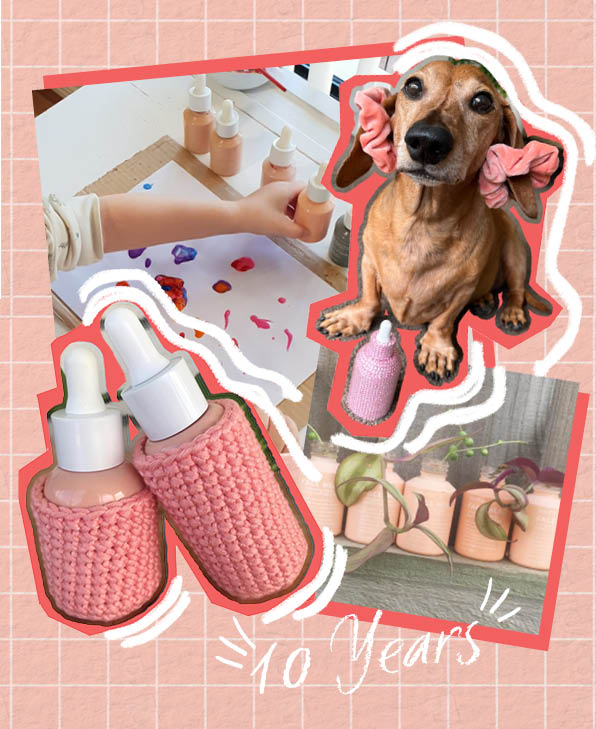

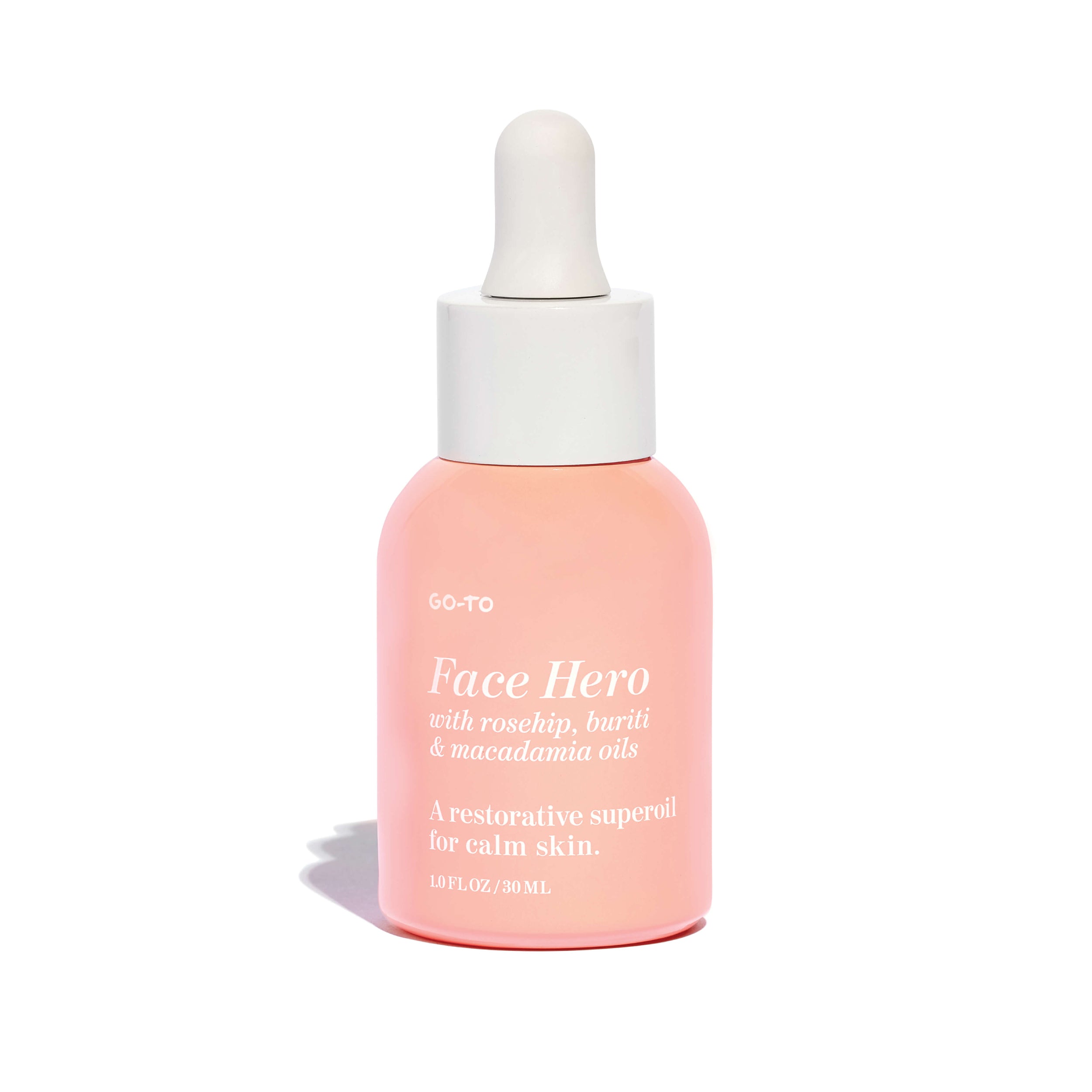


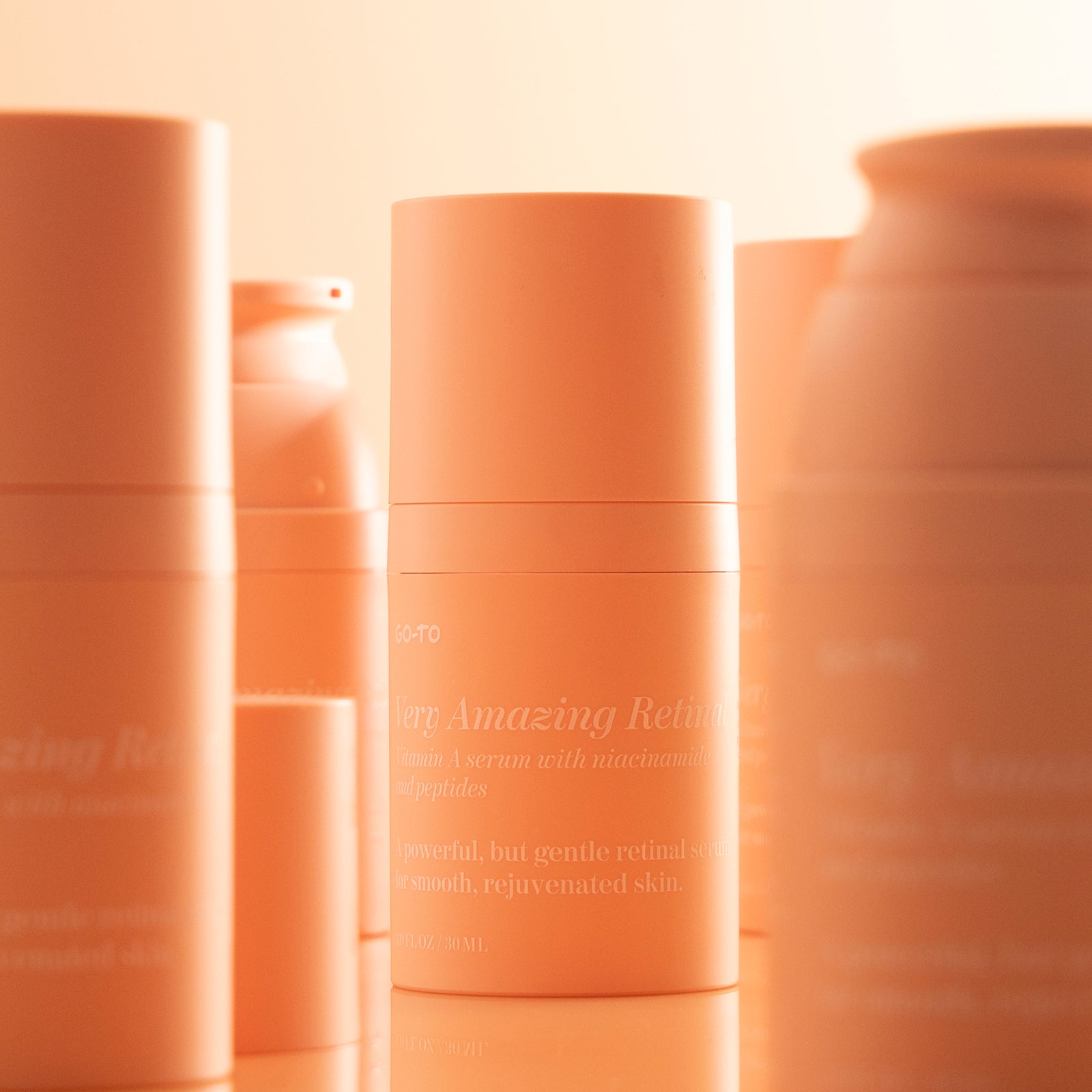
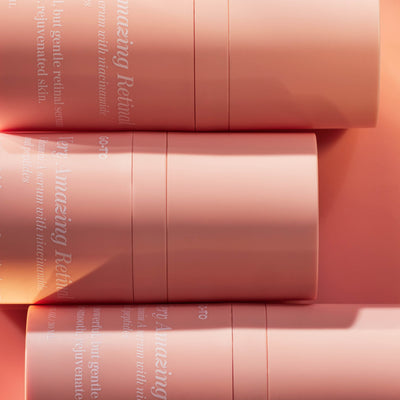

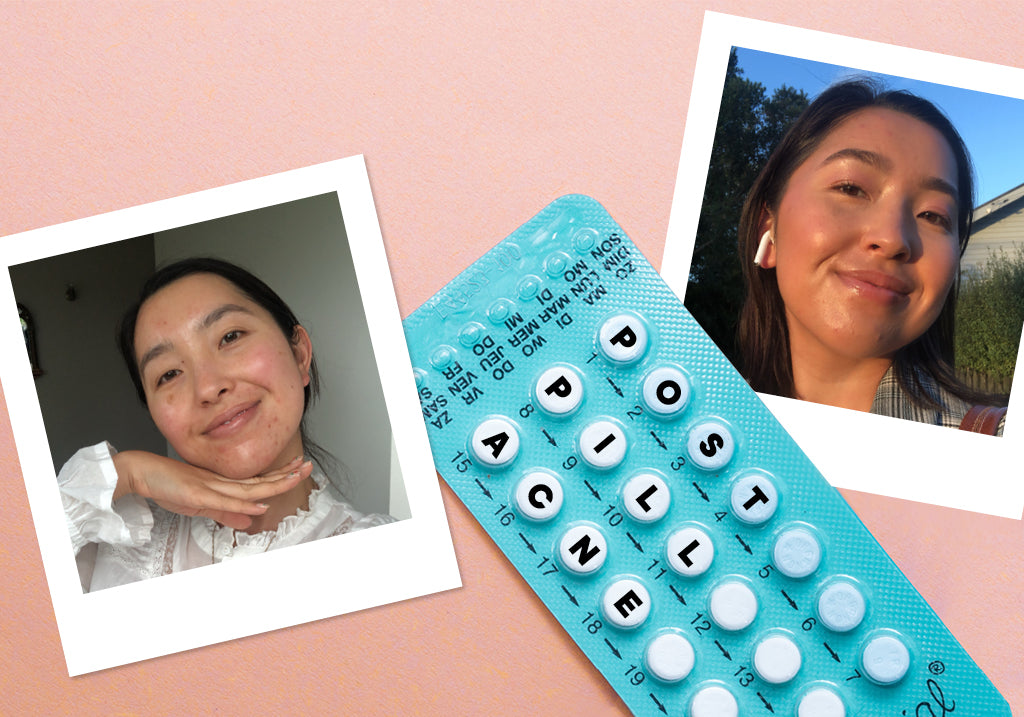

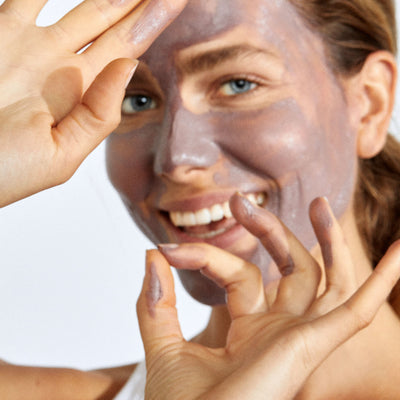
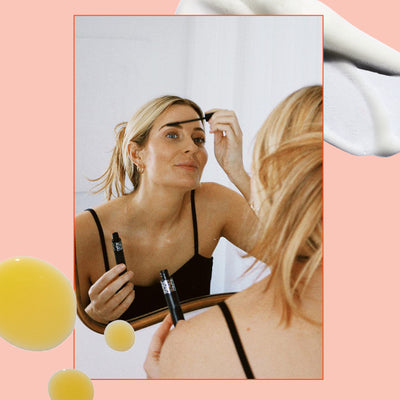
Comments